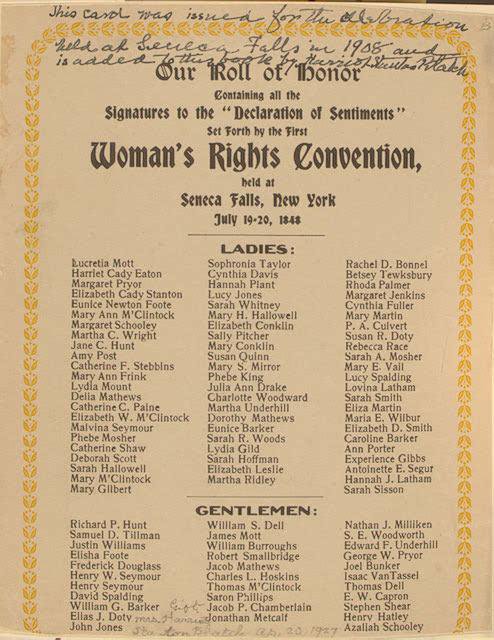Sunday, June 13, 2021
By:
This week flew by. Despite the stifling heat of my unairconditioned apartment and the jarring thunderstorms that punctuated almost every afternoon, I found myself absorbed in my research.
I selected my first teaching guide subject: Eunice Newton Foote, who, despite discovering the greenhouse effect of carbon dioxide in 1856, was forgotten by science and history until 2011. In her paper, Circumstances affecting the heat of the sun's rays, she wrote about carbon dioxide over a century before we started taking global warming seriously. She concluded “an atmosphere of that gas would give to our earth a high temperature,” and she was right. Likely because she was a woman, at a time when many women were unable to own property, let alone vote, her work was not publicized or published in journals the way her male contemporaries were.
In addition to being a scientist and inventor, Foote was also a women’s rights activist. She attended the revolution-sparking Seneca Falls Convention, signed the Declaration of Sentiments, and was even on the editorial committee for publishing their notes.
I am so excited and honored to be able to tell her story. Until recently, there was very little information about her which makes my work more challenging, but perhaps all the more important. I can’t help but wonder if Eunice Foote would have been a household name if her research had been treated with the same respect as other, male scientists. It is a thrill to piece together someone’s life and work from assorted documents, finding surprising details or surprising sources. As someone who has occasionally (rarely) conducted an unofficial online investigation of an acquaintance, this is more rewarding. I get to uncover details about Foote’s life by sorting through scans of reprints of newspaper clippings that have been buried by Google’s algorithm. I couldn’t think of a more fun way to spend these hot summer days!
Eunice Foot's signature is 5th on the Declaration of Sentiments, along with many leaders of the women's rights movement. Her husband, Elisha Foote, also signed the document.

Maura Shapiro
